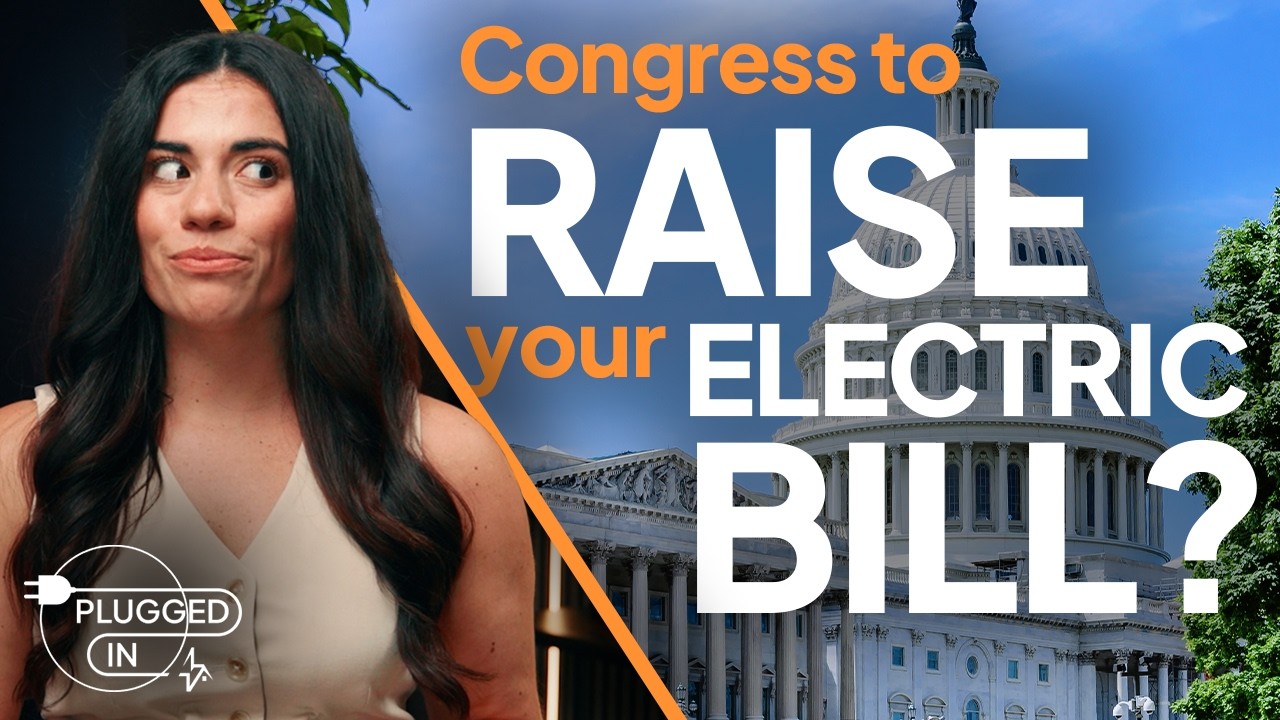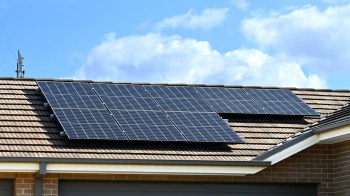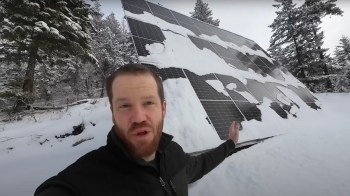Blackouts are a dreaded nuisance for homeowners — but Tesla wants to make them a thing of the past with its home battery storage system, which effectively "banks" the sun's power for emergencies.
In a recent YouTube video, energy specialist Joe Springer from Springers Solar gave an overview of the Tesla Powerwall 3, which pairs with solar panels to store excess energy.
"Adding a home battery to your solar energy system is the best way to protect your property from power outages and brownouts," Springer said in the video.
The energy specialist promised customers will "never have a blackout again" with the Tesla at-home battery storage. And that's good news — especially as blackouts are becoming more common.
Power outages are increasing due to pollution and human-caused climate shifts, both of which increase the frequency of extreme weather. Climate Central reports that of all major U.S. power outages reported from 2000 to 2023, 80% were due to weather. Most weather-related outages were caused by severe weather (58%), winter storms (23%), and tropical cyclones, including hurricanes (14%) — events that have become more frequent and intense due to rising global temperatures.
"The nation's electrical grid wasn't built for the present-day climate," Climate Central reported. "Electricity is mostly transmitted and distributed through above-ground transformers, transmission wires, and utility poles that are exposed to extreme weather such as high winds, heavy rain, ice, lightning, and extreme heat. Even in areas where power lines are buried, flooding can lead to loss of power."
Home battery storage offers a way around these vulnerabilities. When you "bank" solar power with a home battery, you can avoid blackouts entirely — and even prevent contributing to the human-caused conditions that make blackouts happen.
"You actually look forward to a blackout," Springer said of owning a battery storage system. "You look forward to a storm when you've got one of these systems."
Giving a demonstration of the Tesla Powerwall 3's performance, Springer showed how the "seamless changeover" of power happens when a blackout occurs. The energy specialist simulated a blackout by cutting power to the house. Less than a second later, the lights came back on due to the Tesla battery storage.
A commenter on the video inquired how long the Tesla Powerwall 3 can power a home during a blackout. Springer responded that it depends on how much the system is powering and how much homeowners can conserve their load.
"If you only power the essentials, like fridges and lights, you might be able to reach one to two full days of autonomy," he said in the comment.
Going solar allows homeowners to reduce their reliance on a failing grid. It is also one of the most effective ways homeowners can divest from polluting energy, save money on home energy, and reduce planet-overheating pollution. Plus, there are active government tax credits and incentives that can help make the switch more affordable.
More From EnergySage
💡Go deep on the latest news and trends shaping the residential solar landscape
While navigating tax credits and incentives may seem complicated, EnergySage makes it surprisingly simple. The free online resource helps you estimate your solar savings, compare quotes, and tap into government savings.
EnergySage reports that its tools help the average homeowner claim about $10,000 in solar purchase and installation incentives. Solar panels can greatly reduce or eliminate your electric bill, saving anywhere from $28,000 to $120,000 over 25 years. Even if you sell your home sooner, solar can boost resale value and make your property more appealing to buyers.
|
Do you have a backup power source in your home? Click your choice to see results and speak your mind. |
EnergySage also offers a helpful state-by-state mapping tool that shows the average cost of home solar panel systems in your area, along with details on available incentives. Together, these tools make it easy to find the best price for rooftop solar and ensure you're not leaving any savings on the table.
But these incentives will not be around forever. Congress moved up the end of the federal solar tax credits to the end of 2025, meaning any solar or battery installations must be fully completed before Dec. 31 to qualify for the current 30% credit. A full solar project can take about three months to complete, so getting started on quotes today could mean saving thousands.
Join our free newsletter for weekly updates on the latest innovations improving our lives and shaping our future, and don't miss this cool list of easy ways to help yourself while helping the planet.















